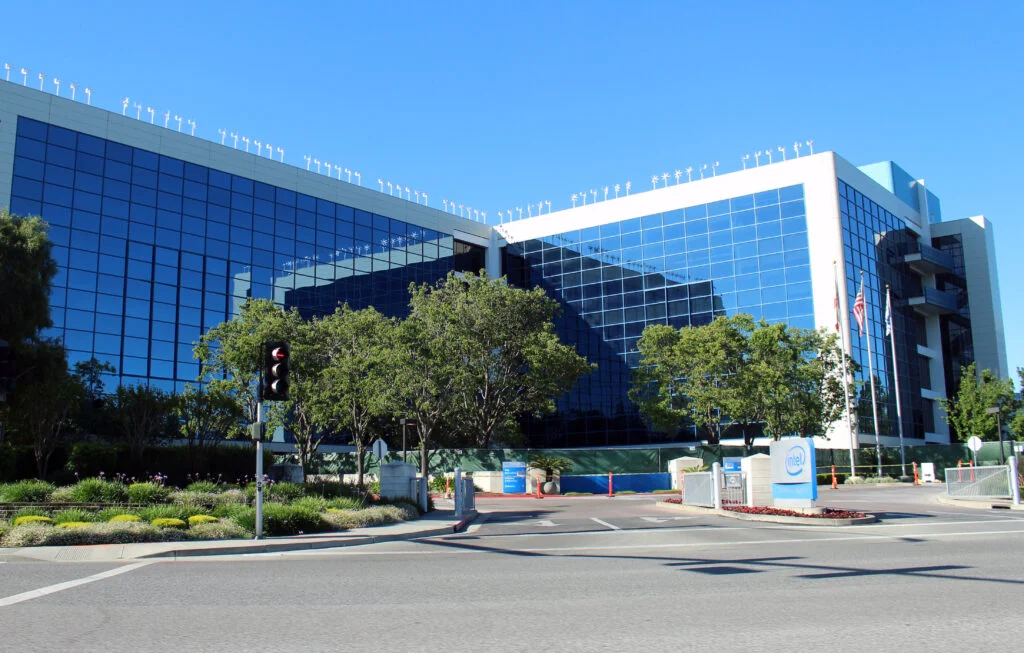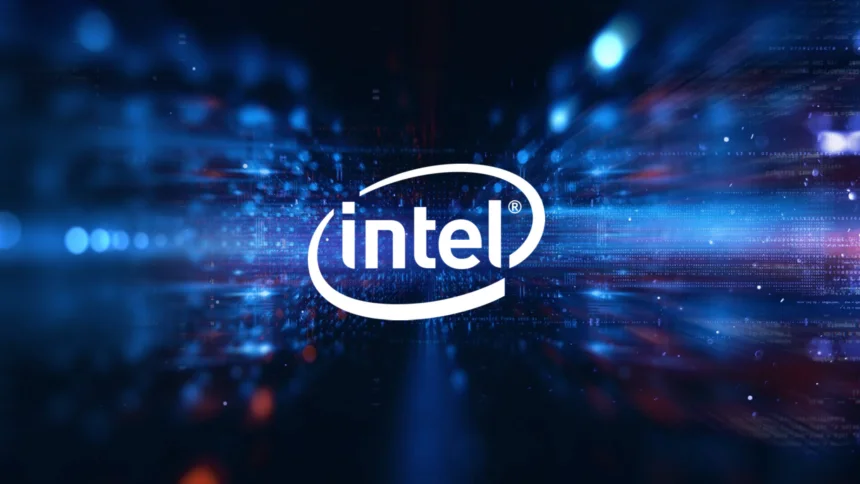According to sources, Intel Corp. is preparing a significant decrease in staff, possibly numbering in the thousands, to reduce costs and deal with the failing personal computer market.
The sources, who declined to be identified because the deliberations are private, said that the layoffs will be disclosed as early as this month and that the business intends to make the move around the same time as its third-quarter results announcement on October 27. In July, the chipmaker employed 113,700 people.
According to the sources, around 20% of the staff in several areas, including Intel’s sales and marketing group, might be affected by layoffs.
Since rivals like Advanced Micro Devices Inc. gained market share, Intel has struggled to regain it as demand for PC processors, its main business has declined considerably. The company warned in July that sales in 2022 would be nearly $11 billion lower than originally anticipated. A 15% sales decline in the third quarter is what analysts are projecting. Additionally, Intel’s once-viable margins have shrunk: they are now around 15 percentage points smaller than average figures of roughly 60%.
Intel indicated on its earnings call for the second quarter that it may change its economic practices to increase profitability. Chief Executive Officer Pat Gelsinger stated, “We are also reducing core expenses in the calendar year 2022 and will try to take similar steps in the second half of the year.
Intel, based in Santa Clara, California, declined to comment on the layoffs.
Intel’s most recent round of layoffs came in 2016 when it cut over 12,000 positions or 11% of its entire staff. Since then, the corporation has made lesser layoffs and closed other divisions, including its cellular modem and drone units. Earlier this year, as market conditions deteriorated and concerns about a recession grew, Intel also put a halt on recruiting, joining many other tech companies in this move.

According to a research note by Bloomberg Intelligence analyst Mandeep Singh, the most recent cuts are probably intended to lower Intel’s fixed expenses, maybe by 10% to 15%. These expenses are expected to cost between $25 billion and $30 billion.
Since taking over as CEO of Intel last year, Gelsinger has been attempting to rebuild the organization’s illustrious status in Silicon Valley. It was a struggle even before the PC slump, though. Intel’s management concedes that the company’s innovation culture has weakened in recent years as a result of the company has lost its long-held technological edge.
A more general slowness is now making those difficulties worse. A decline in technology investment is affecting revenue and profit for Intel’s PC, data center, and artificial intelligence groups.
According to IDC, PC sales dropped 15% in the third quarter compared to the same period last year. All three companies that utilize Intel CPUs in their laptops and desktop PCs—HP Inc., Dell Technologies Inc., and Lenovo Group Ltd.—experienced steep declines.
According to Singh, Intel may need to explore a dividend cut to offset declining demand and stagnant PC prices. However, he suggested that Intel’s intention to issue shares of its Mobileye self-driving technology company in an IPO may allay such worries.
It’s very awkward for Intel to be making cuts right now. This year, the company actively fought for a $52 billion chip stimulus bill, pledging to increase its US manufacturing. The largest chipmaking center in the world will be relocated to Ohio as part of the construction boom that Gelsinger is planning.
Investors are putting great pressure on the corporation to increase earnings at the same time. The worth of the company’s shares has decreased by more than 50% in 2022, with a 20% decline only this last month.
On Wednesday morning in New York, the shares decreased by nearly 1% to $24.80.
The future of the chip industry is also uncertain due to US-China tensions. On Friday, the Biden administration unveiled new export restrictions that limit the products US technology companies may ship to Asia. The news sent chipmaker shares sliding again, with Intel losing 5.4% that day.
By introducing new PC CPUs and graphics chips, Intel has been attempting to reclaim its position in the market. Selling additional chips to the data center industry, where competitors AMD and Nvidia Corp. have made headway, is a crucial component of their plan. Google revealed new Intel-powered technologies on Tuesday that will help AI tasks run more quickly on its server farms.
Intel is now trying to pursue those goals as a leaner company.
After Intel’s most recent quarterly report, Chief Financial Officer David Zinsner stated that the corporation has a “significant opportunity to enhance and produce maximum production per dollar.” He stated that the chipmaker anticipated restructuring expenditures in the third quarter, indicating that layoffs were imminent.
Nvidia and Micron Technology Inc. are two chipmakers who have stated that they are delaying layoffs for the time being. However, employment cuts have already been made by major IT firms including Oracle Corp. and Arm Ltd.












